The emu is the second-largest bird in the world after the ostrich. Though it cannot fly, the emu is a strong runner, powerful kicker, and curious creature. It is native to Australia.
Scientific Classification
-
Kingdom: Animalia
-
Phylum: Chordata
-
Class: Aves
-
Order: Casuariiformes
-
Family: Dromaiidae
-
Genus: Dromaius
-
Species: Dromaius novaehollandiae
Common Names
-
Emu
-
“Australia’s big bird”
-
Not to be confused with ostriches or cassowaries
Emus are well known across Australia and appear on coins, flags, and emblems.
Geographic Distribution
Emus are found only in Australia. They live in many parts of the country, especially:
-
Grasslands and savannas
-
Dry bush areas
-
Open farms and woodlands
They avoid very dense forests and deserts
Image showing Emu walking through dry grassland in Australia (Source: Animalia)
Physical Characteristics
Emus are large, strong, and tall birds.
-
Height: Up to 1.9 meters (6.2 feet)
-
Weight: 30–60 kg
-
Long, powerful legs for fast running
-
Small wings that cannot lift them to fly
-
Soft brown feathers that look like hair
-
Sharp beak and large eyes
Despite their size, they are gentle and alert animals.
Behavior and Lifestyle
Emus are mostly peaceful, curious, and active during the day.
-
They live alone or in pairs, but sometimes gather in groups
-
Can run up to 50 km/h when scared
-
Use low grunts and drumming sounds to communicate
-
Love to bathe in dust or shallow water
They are excellent walkers, traveling long distances in search of food and water.
What do emus eat?
Emus are omnivores, meaning they eat both plants and animals.
Their diet includes:
-
Seeds, leaves, fruits
-
Insects like grasshoppers and ants
-
Small reptiles
-
Farm crops like wheat or vegetables (can be a pest)
They also swallow small stones to help grind food inside their stomach.
Fun facts
-
Male emus incubate the eggs and care for the chicks, not the females.
-
Emu eggs are dark green and large, weighing up to 500 grams.
-
Emus can kick strongly with their feet to defend themselves.
-
Their throat sounds can be heard from over 1 km away.
-
Emus were once involved in the “Emu War” in Australia in 1932.
Importance to Humans
Positives:
-
Emu oil is used in traditional medicine and skincare
-
Their feathers and eggs are used in art and decoration
-
Emus are raised for meat, oil, and leather
-
They attract tourists and nature lovers
Negatives:
-
Can damage crops when entering farms
-
May be hit by vehicles in rural areas
-
Wild emus sometimes fight for space with livestock
Health & common issues
In farms or reserves, emus need proper care and monitoring.
Common health concerns include the following:
-
Foot injuries from rough ground
-
Parasites like ticks or intestinal worms
-
Overheating if no shade or water is provided
-
Aggression during mating or guarding eggs
Veterinary Needs:
-
Clean water and dust baths
-
Space to walk and run
-
Balanced diet of grains, greens, and protein
-
Regular checkups and parasite control
Conservation Status
The emu is not endangered. It is listed as Least Concern by the IUCN.
-
Wild population in Australia is healthy and stable
-
Some local threats include hunting, fencing, and habitat loss
-
Emus are protected by Australian law, and farming is regulated
Emu vs Ostrich
| Feature | Emu (Australia) | Ostrich (Africa) |
|---|---|---|
| Size | Slightly smaller | Largest bird in the world |
| Toes | 3 toes | 2 toes |
| Speed | Up to 50 km/h | Up to 70 km/h |
| Eggs | Dark green | Cream-colored |
| Flight ability | Cannot fly | Cannot fly |
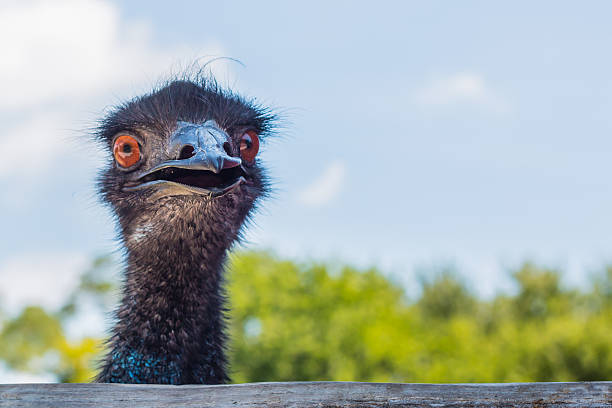
Image showing Emu looking curiously into the camera on a sunny day (Source: iStock)
Do you work with exotic animals or need vet support for large birds? Contact Doctor Hulk Veterinary Hospital Today @ 08143397614.








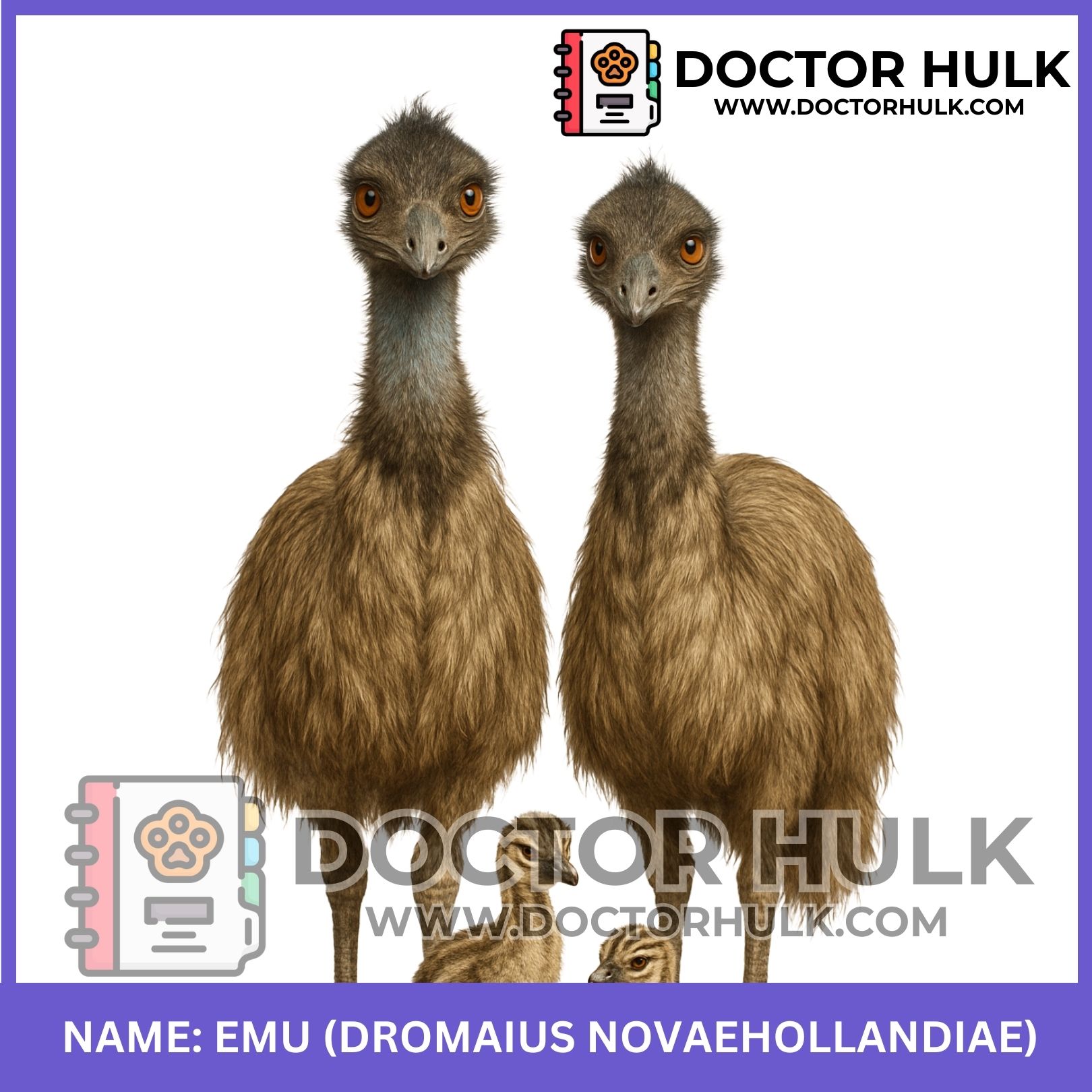
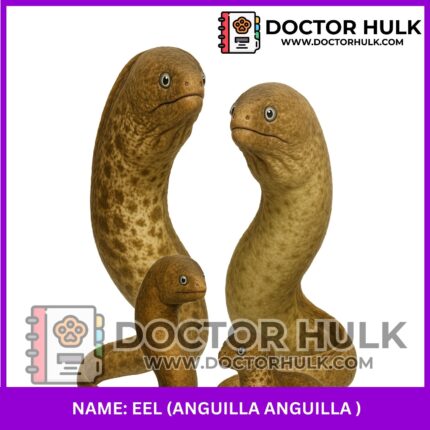
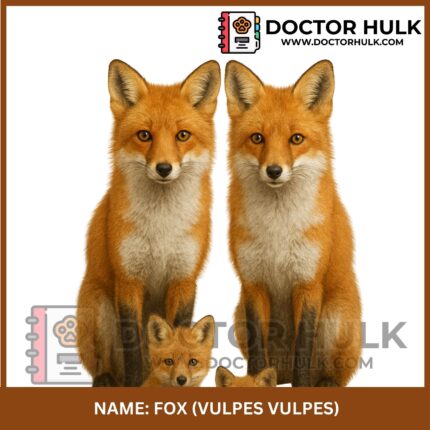


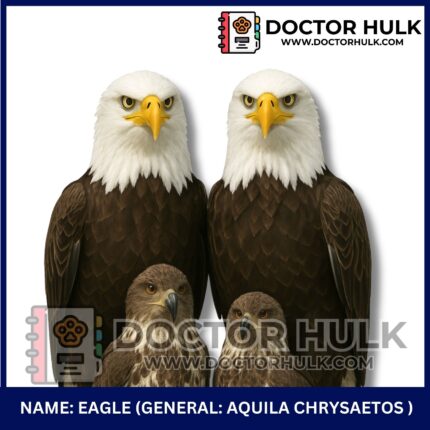


Reviews
There are no reviews yet.